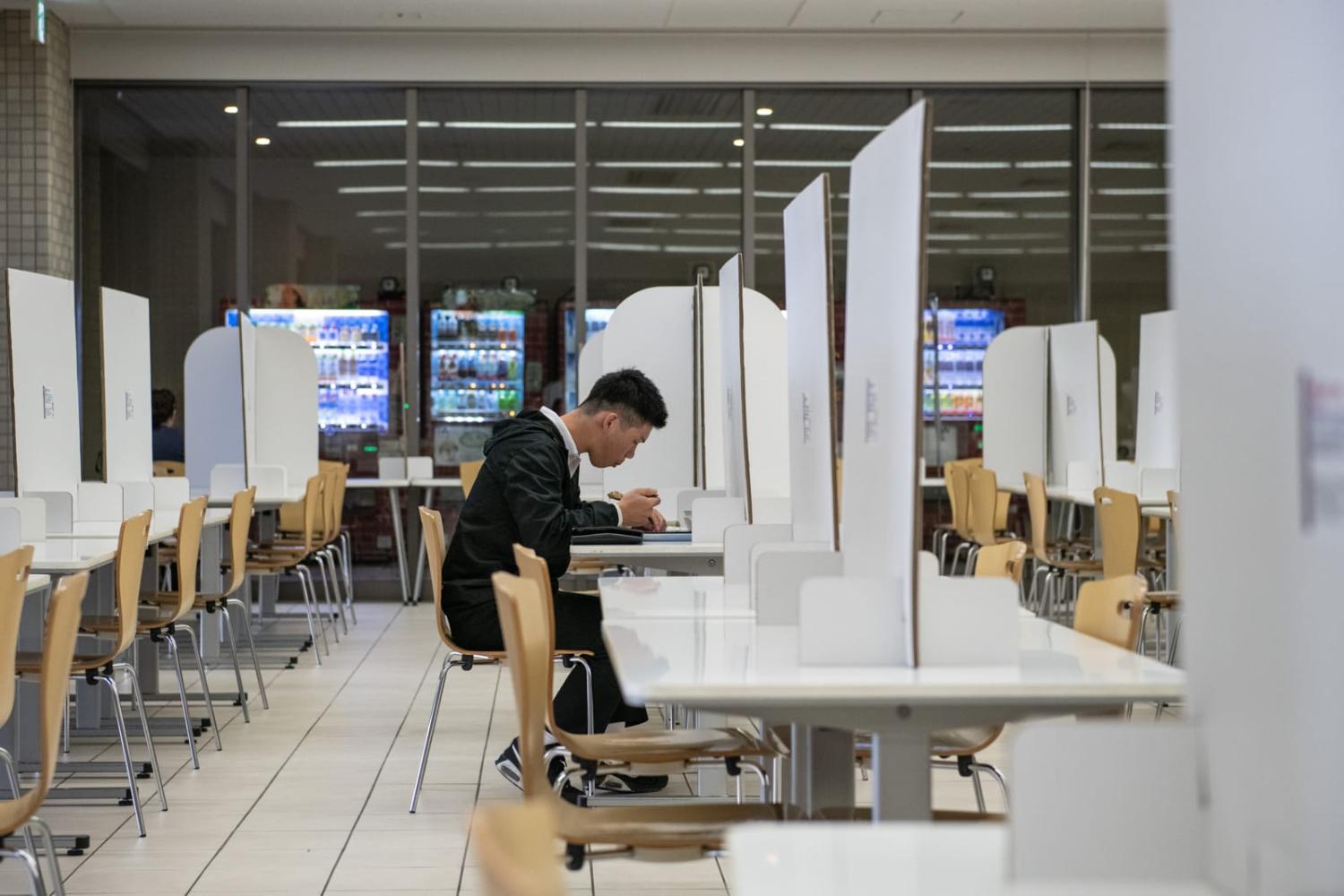Australia–Japan educational links are on a downward trend. The number of Japanese students in Australia peaked in 2004 at 16,500. That number declined to 9,400 in pandemic-affected 2020, and has slipped even further to less than 7,000 in 2023, according to the Australian Department of Education.
This is despite the governments of Australia and Japan reaching an unprecedented level of partnership over the past decade. The recent joint security declaration and Reciprocal Access Agreement solidify defence and military ties, while the joint efforts of Canberra and Tokyo have rescued the Comprehensive and Progressive Agreement for Trans-Pacific Partnership on the economic side.
The Quad Fellowship for STEM and Quad Infrastructure Fellowships indicate that education exchange is seen as a key element of strategic engagement among like-minded states. To enhance and sustain their Special Strategic Partnership, Australia and Japan will have to reverse the slide, and increase the number of Japanese students coming to Australia.
Japan was once the fifth- or sixth-largest supplier of international students. Now, Japan ranks 17th, accounting for only 1.2 per cent of all international students in Australia at the beginning of 2023. If the current downward trend continues, Japan will soon disappear from the top 20.
Among Japanese students, Australia is no longer considered to be one of the most popular destinations to study abroad. Japan Student Service Organisation (JASSO) statistics show that while the United States has long been considered the top destination, Australia has been in second place since 2013, attracting approximately ten per cent of all the Japanese students studying overseas. In 2021, although Covid restrictions gradually lifted, Australia fell to 7th place, behind not only the United States and Canada, but also Japan’s East Asian neighbours South Korea and Taiwan, as well as European nations the United Kingdom, Germany and France.
There are hopeful signs for Australia with some recovery in student visa applications from Japan in 2022-23. But the trend for educational exchange is unmistakably downward. To ensure the long-term partnership between the two nations stand upon a deep mutual understanding and in-person connections among the younger generation, policy steps are necessary to change this trajectory.
One problem to address is that Australia presently stands as a tier-two nation in Japan’s scholarship regime for Japanese students studying abroad. Japan’s government-funded scholarships are essentially twofold: JASSO scholarships and the Tobitate! (Leap for Tomorrow) Study Abroad Initiative administered by the Ministry of Education, Culture, Sports, Science and Technology. With some exceptions, the former is for university degrees and the latter is for exchange programs.
In these government scholarships, Australia is categorised as a tier-two nation in which the stipend cap is set lower for the recipients. For example, the recipient of JASSO scholarship studying in Sydney can receive ¥104,000 (A$1, 100) per month as stipend. The recipient of the same scholarship studying in the designated 14 special cities, which include New York, London, Paris, Moscow and Singapore can receive ¥148,000, or ¥118,000 in all other cities in North America and Europe. This setting ignores that the cost of living in Australia exceeds such tier-one nations.
This unreasonable arrangement occurs because of the persistent application of the Japanese law regarding travelling costs of public servants, which was last amended in 1984. This outdated law has caused problems, such as younger Japanese diplomats having to carry the burden of part of their accommodation fees during business trips to the United States or Australia. The same calculation challenge applies to government scholarships. Although parliamentarians have raised this issue at the Diet and the government has finally started discussions about revising this law and its application, the current focus is narrowly about bureaucrats’ travel expenses, not scholarship or categorisation of nations.
On the Australian side, there is an emerging effort to reach out to Japan. The Australian National University offers a Bachelor degree program in Japan based around its partnership with Ritsumeikan University. The University of NSW entered in a new partnership with Japan’s tutoring school Kyoshin to initiate a Foundation Course. In addition, the Australian Strategy for International Education 2021-30 puts a priority on diversification of the sources of international students, indicating a sense of concern over the too much dependence on one country. Japan, for its part, was the 5th most popular destination for Australian undergrad students for studying abroad in 2019.
The issue is to ensure Japanese students have an incentive to study in Australia. After the end of the Endeavour Scholarship in 2019, few funding opportunities remain for Japanese graduate students to study in Australia, especially for higher research degrees. The Australian Award Scholarship, which is the most generous scholarship, does not include Japan as participating countries. It depends on individual education providers whether to accept Japanese students with their own scholarships. And while Japan is reasonably considered an advanced economy, the Australian government should also recognise that it is no longer affordable for the average Japanese household to send their children to Australia. Japanese average wages are already lower than Australia’s, US$39,700 and $56,600 respectively.
For Australians, Japan remains seen as one of the country’s most trusted partners. The Lowy Poll 2022 showed that 74 per cent of respondents warmly responded to Japan. For the long-term strategic partnership, however, the international students are essential grassroots elements in support. While Japan has to fix its outdated categorisation of Australia immediately, the two governments can jointly establish new initiatives to ensure Japanese students to choose Australia for studying for higher research degree, following the model of the Quad’s efforts to outreach to the next generation.

